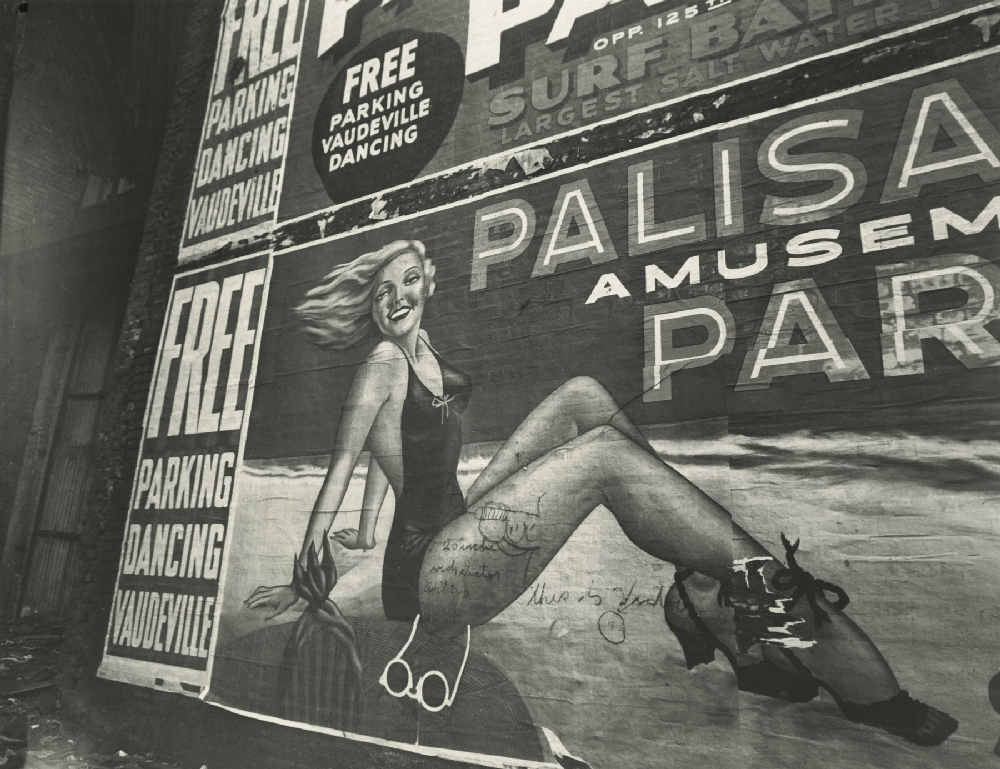The MAN Museum is pleased to announce the imminent opening of the first anthological exhibition in Italy dedicated to Berenice Abbott (USA, 1898-1991), one of the most original and controversial protagonists of the photographic history of the twentieth century.
Third of a great cycle dedicated to Street Photography, the exhibition at the MAN in Nuoro, curated by Anne Morin, presents, for the first time in Italy, a selection of eighty-two original prints made between the mid-twenties and the early sixties. Divided into three macro sections – Portraits, New York and Scientific Photographs – the exhibition itinerary provides a general picture of the great talent and varied activity of Berenice Abbott.
Born in Springfield, Ohio, in 1898, Berenice Abbott moved to New York in 1918 to study sculpture. Here he came into contact with Marcel Duchamp and Man Ray, leading exponents of the Dada movement. With Man Ray, in particular, she formed a friendship that led her to follow him to Paris and work as his assistant between 1923 and 1926.
The first photographic portraits dedicated to the major protagonists of the European artistic and literary avant-garde, from Jean Cocteau to James Joyce, from Max Ernst to André Gide, date from this period. Portraits which – according to many interpreters – constitute the expressive channel through which Berenice Abbott – a declared lesbian, in an era still far from accepting female homosexuality – talks about her own sexual dimension.
Having moved away from Man Ray’s studio to open her own photography laboratory – frequented by a circle of intellectuals and lesbian artists such as Jane Heap, Sylvia Beach, Eugene Murat, Janet Flanner, Djuna Barnes, Betty Parson – already in 1926 Abbott exhibited her portraits in the “Le Sacre du Printemps” gallery. It is at this moment that he comes into contact with the French photographer Eugène Atget, known for his images of the streets of Paris, aimed at capturing the disappearance of the historic city and the changes in the urban landscape.
For Abbott it is a turning point. The photographer decides to abandon the research carried out up to that moment and to make her own the poetics of the neglected Atget – of whom, upon his death, she will acquire a large part of the archive, making it known in Europe and the United States – dedicating herself, from that moment onwards, to the story of the metropolis of New York.
The entire 1930s, after his return to the United States, were in fact dedicated to the creation of a single large project, aimed at recording the transformations of the city following the great depression of 1929. His attention focuses on architecture, urban expansion and the skyscrapers that progressively replace old buildings, as well as on shops and signs. The result is a volume, among the most famous in the history of 20th century photography, entitled “Changing New York” (1939), which collects an extraordinary series of photographs characterized by strong contrasts of light and shadow and dynamic angles, to enhance the power of the shapes and the internal rhythm of the images.
In 1940 Berenice Abbott becomes picture editor for the magazine “Science Illustrated”. The experience gained on the streets of New York will lead her to look at scientific images with different eyes, which become for her a privileged space for observing reality beyond the urban landscape. In line with contemporary artistic research on abstraction, Berenice Abbott then created a series of laboratory photographs, focusing on the dynamism and balance of forms, with extraordinary results.
The exhibition at the MAN Museum, created thanks to the contribution of the Sardinia Region and the Sardinia Foundation, recounts the three main phases of Berenice Abbott’s photographic production through a rich selection of shots, among the most famous of her production, and documentary material from its archive.

